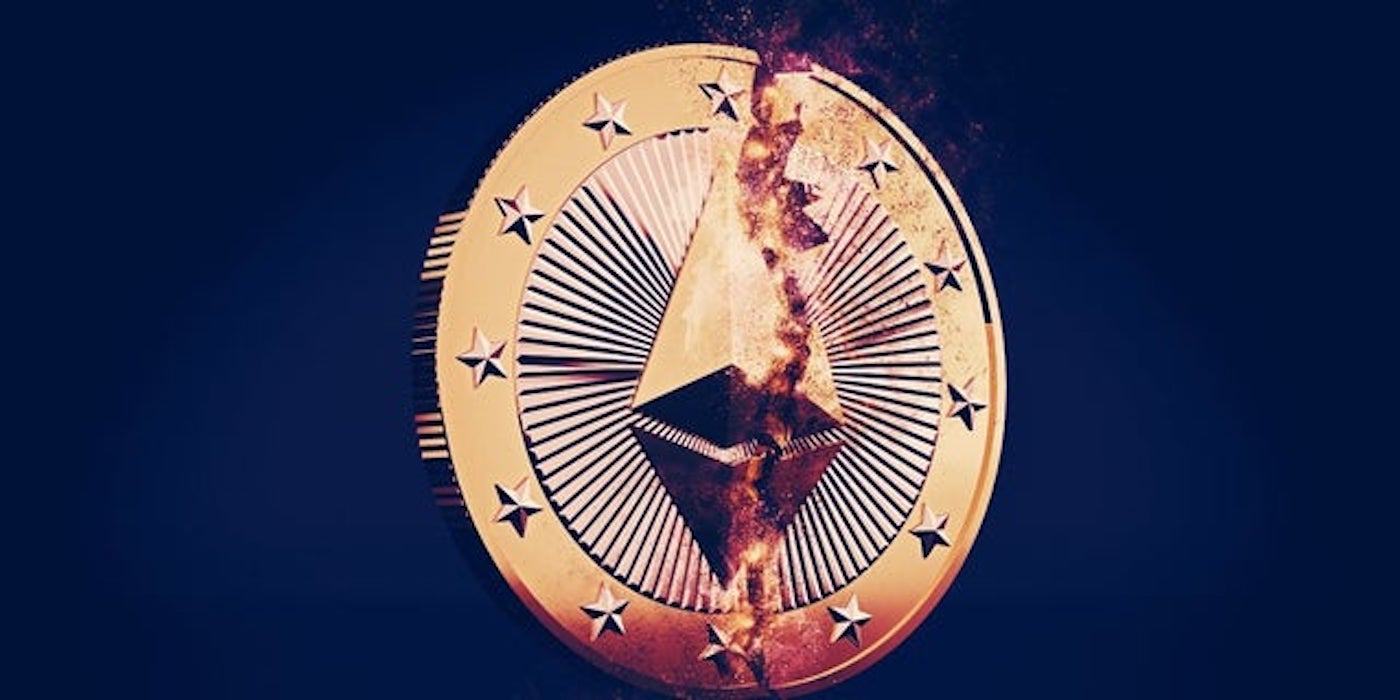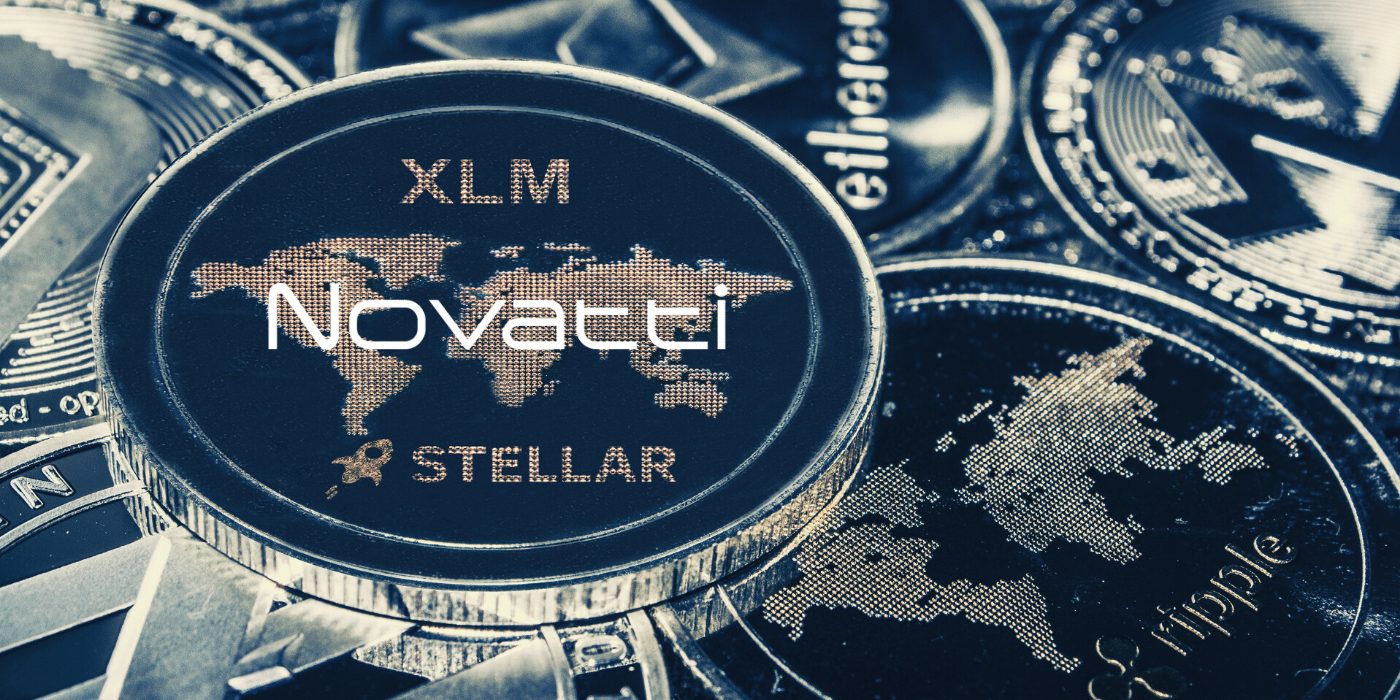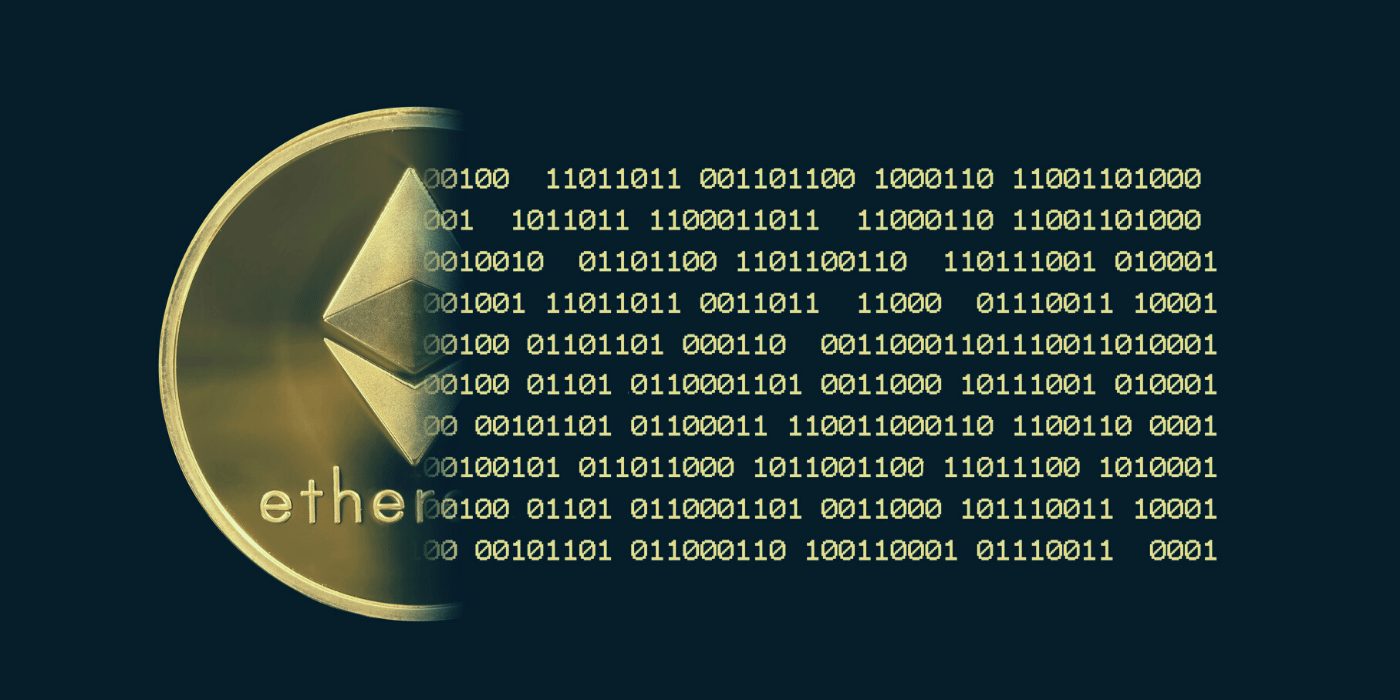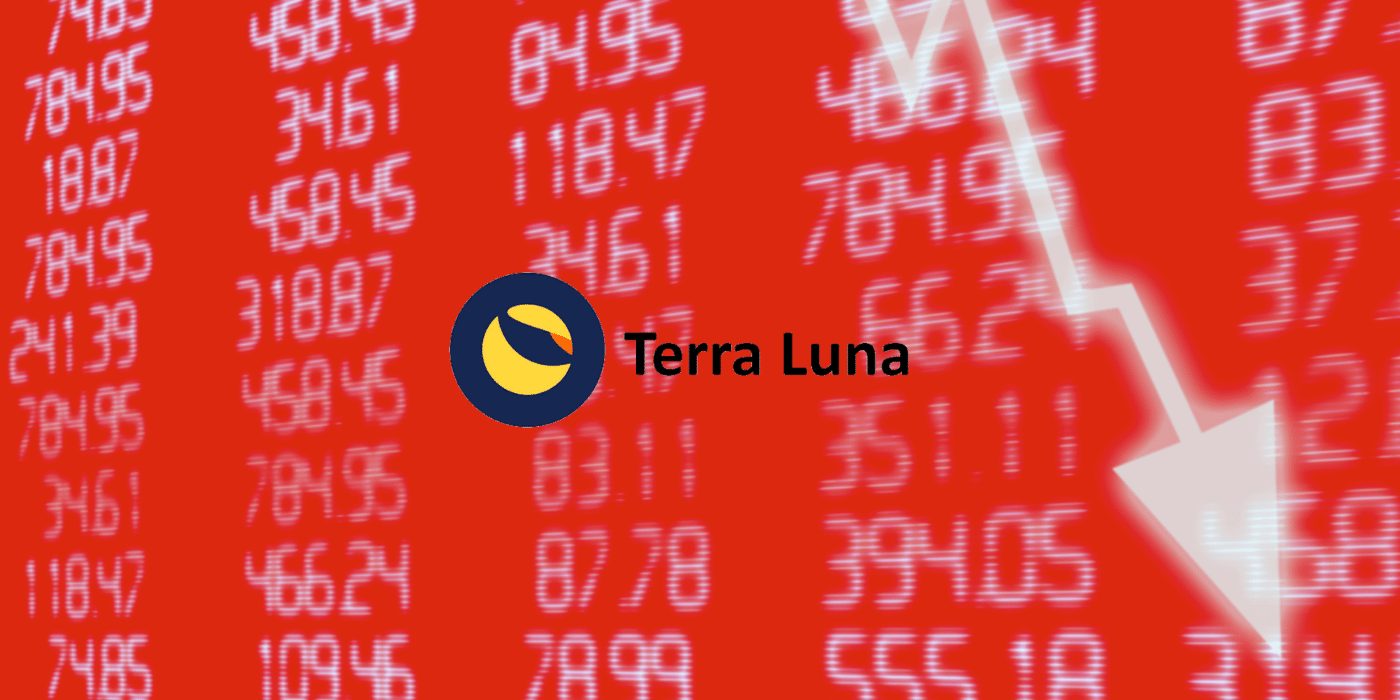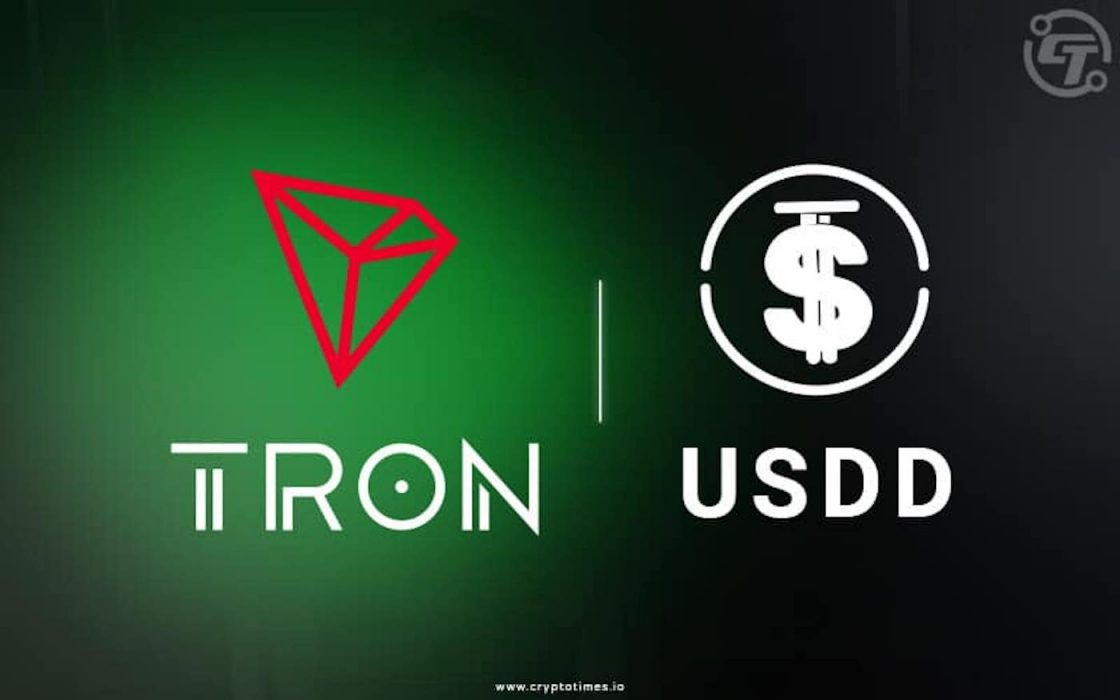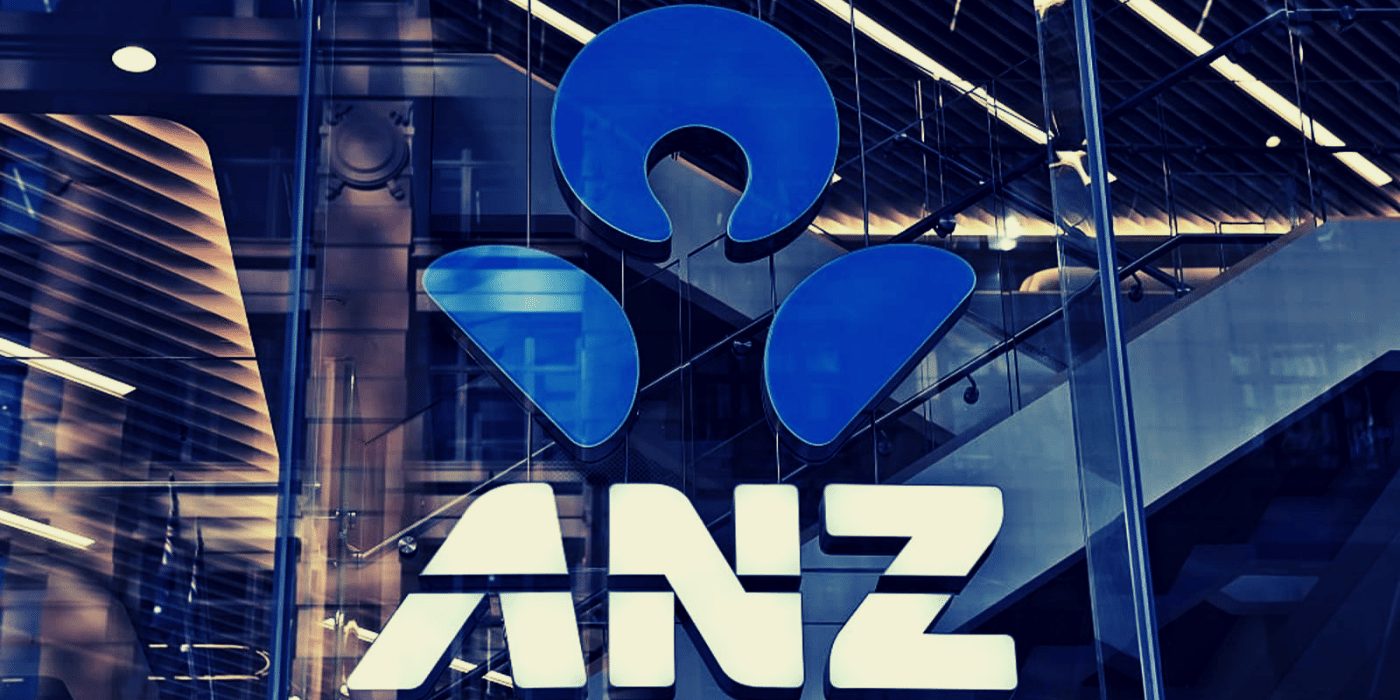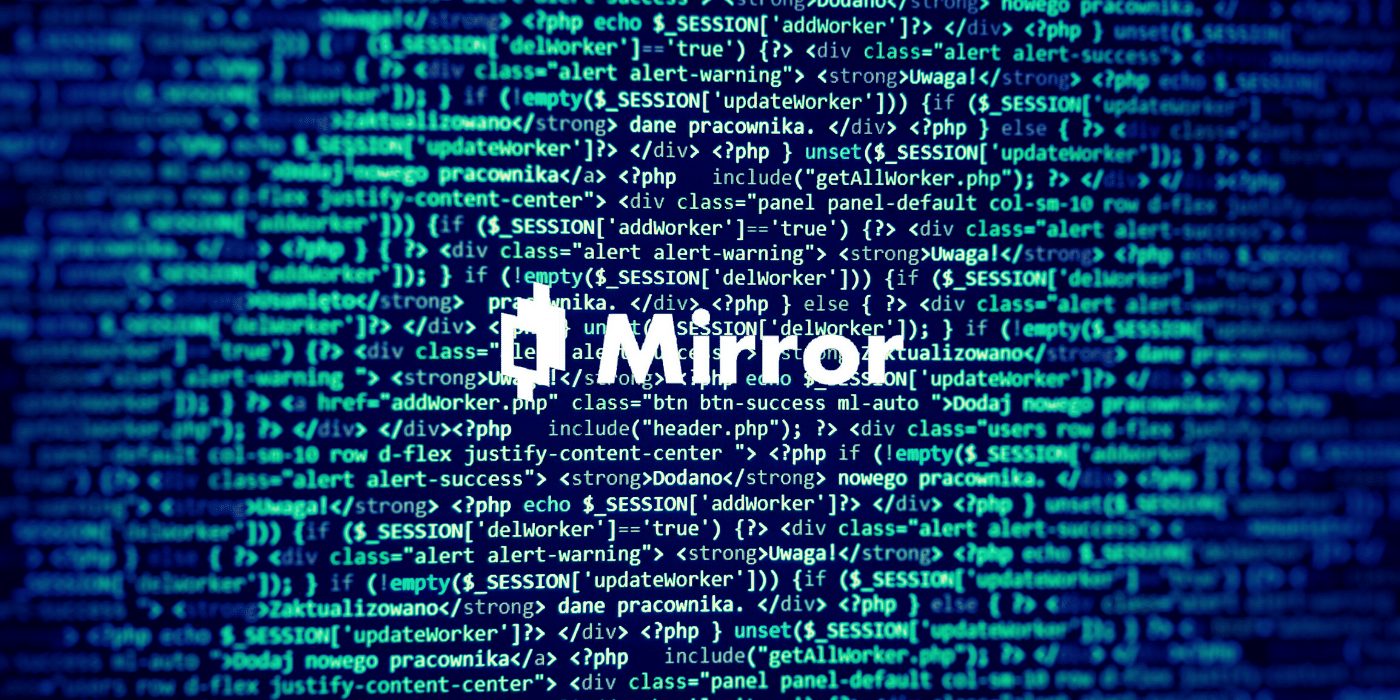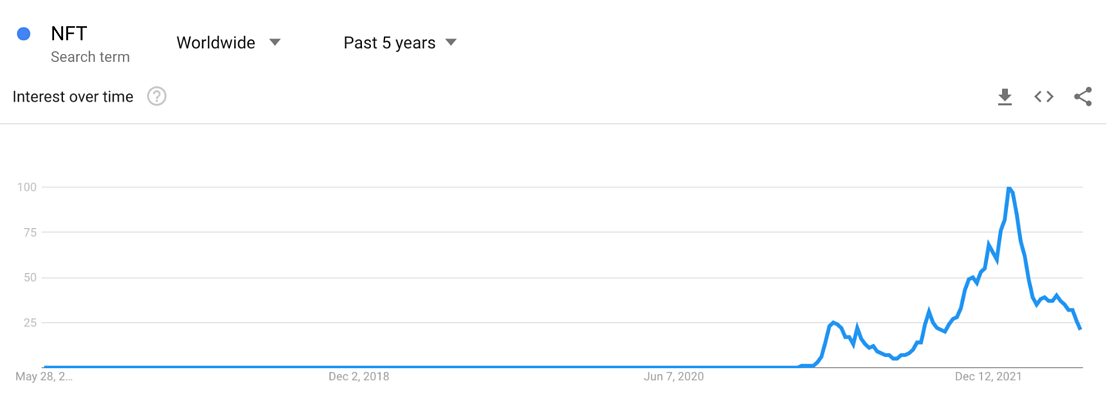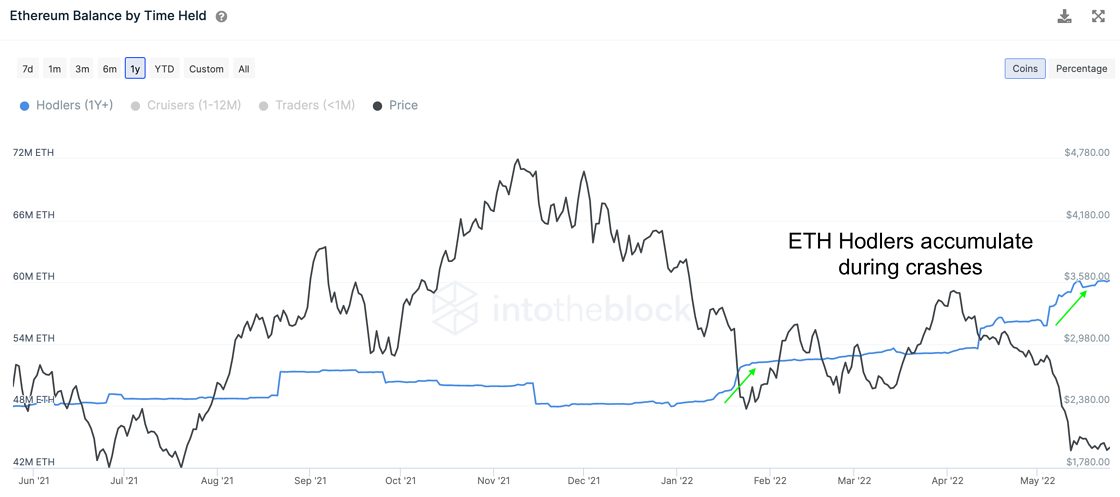After pausing all withdrawals, swaps and transfers between accounts on June 13, there are now fears the popular staking platform Celsius is facing a more serious liquidity crisis triggered by the declining value of Lido Finance’s staked ETH token relative to the value of real ETH.
If the value of staked ETH doesn’t regain parity with ETH, it is feared Celsius may be left unable to pay out all users wanting to withdraw their funds.
Staked ETH, which is used extensively by Celsius, started to lose parity with ETH when DeFi markets were sent into chaos last month in the wake of the Terra ecosystem collapse.
What Is Staked ETH?
Staked ETH (stETH) is an artificial representation of ETH created by the DeFi platform Lido Finance. When users stake their ETH through Lido, it’s not locked up as it would be if it were staked directly to Ethereum 2.0.
Rather, any ETH users who stake through Lido receive the equivalent amount of stETH in return, allowing them to then lend, stake or trade their stETH for other tokens. This kind of staking is known as liquid staking because the users’ assets effectively stay liquid.
Regular crypto users along with other DeFi platforms can use Lido Finance to stake real ETH in return for stETH. Celsius is one of Lido Finance’s major clients, staking large amounts of ETH through Lido on behalf of its users, and in the process generating staking rewards, with which it in turn pays its users’ annual percentage yield (APY).
This system of liquid staking works well while stETH and ETH maintain parity. But once stETH starts to drop in value, as it now has, the system starts to unravel.
What Does This Mean for Celsius?
According to blockchain analytics platform Nansen Research, Celsius has over US$475 million worth of stETH and has been sending large quantities to exchanges over the past few days, presumably to sell in an attempt to increase liquidity.
Unfortunately, this also has the effect of reducing the price of stETH, exacerbating the disparity between stETH and ETH. Other whales have also been selling large amounts of stETH over the past few days, which has further suppressed the price of stETH and increased pressure on Celsius.
In addition, according to Jack Niewold, founder of the Crypto Pragmatist newsletter, only around US$1.5 billion of the $US10 billion worth of customer assets held by Celsius are currently accounted for on-chain, a rather large discrepancy that has further spooked users.
It’s not known if Celsius has the remaining user funds and, if it does, where they are exactly. Niewold provides a fascinating breakdown in a detailed Twitter thread:
How can Celsius resolve this crisis? Niewold says there are four major possibilities:
- it receives external funding;
- it gets a loan;
- it’s acquired by another company with enough capital to deal with this situation (Nexo has already expressed interest); or
- it simply declares bankruptcy, ending the crisis but leaving users very much high and dry.

